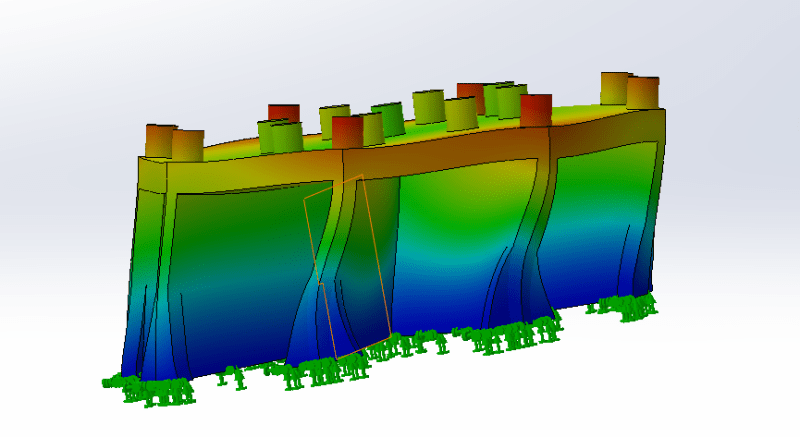Noah Lopez
Aerospace
Hello,
I am trying to conduct random vibration testing using a electrodynamic shaker table. In testing there is a resonance (~1975 Hz), caused by the shaker assembly itself, within the the desired spectrum (10-2000 Hz). This resonance cannot be controlled and is preventing our response PSD from being within tolerance. I have heard that this is a common problem with vibration testing, but cannot find much literature specifically addressing this issue. I would like to know if there is a standard approach for fixture design which could address this resonant issue. I have heard that using a magnesium fixture may help (we are currently using an aluminum fixture)due to its superior damping characteristics. Any advice would be appreciated, thanks.
I am trying to conduct random vibration testing using a electrodynamic shaker table. In testing there is a resonance (~1975 Hz), caused by the shaker assembly itself, within the the desired spectrum (10-2000 Hz). This resonance cannot be controlled and is preventing our response PSD from being within tolerance. I have heard that this is a common problem with vibration testing, but cannot find much literature specifically addressing this issue. I would like to know if there is a standard approach for fixture design which could address this resonant issue. I have heard that using a magnesium fixture may help (we are currently using an aluminum fixture)due to its superior damping characteristics. Any advice would be appreciated, thanks.

